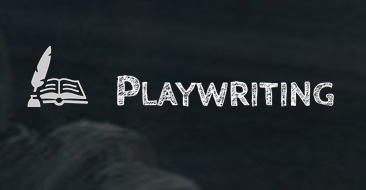
Focus: Subtext and Conflict
Subtext, the meaning that is inside or under the text (a line of dialogue) is an important tool for playwrights as it enriches a play on many levels, making for more complex characters, more twists and turns in the plot, and more interesting dialogue.
You may download the exercise here: Playwriting- Subtext Conflict.
Examples of Subtext
Basic examples of subtext include:
- One character who is angry over a decision another character has made may say to them in front of others, “I know you’re always right.” The subtext to the line would be “You’re not always right, you were just wrong in a major way.”
- Another example would be a character asking another about their health and showing concern for it when they really want to know if the other character is vulnerable at the moment because they want to seize power. Thus the line, “I hope you’re in good health” may have the subtext of “Let me know in what way you are weak?”
The Exercise
The Setup
Two people are lost. They get into an argument about being lost that eventually reveals the true source of their conflict. The dialogue leading up to the revelation of the true nature of their conflict should have at least four lines that contain subtext.
Basic Guidelines
2 characters
1 set
Conflict over being lost
Scene should be dialogue heavy and not have a lot of physical action
Include at least four lines of subtext
Properly formatted
About 4-6 pages
Exercise Contributed by Paul Mroczka
Paul is Director of Educational Resources for BroadwayEducators.com and is faculty emeritus at Plymouth State University, Plymouth, NH.

 Random Item
Random Item